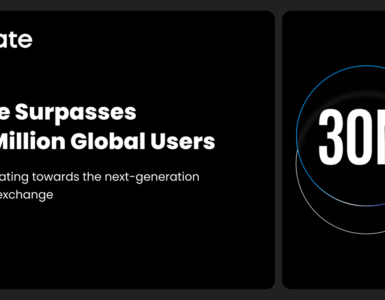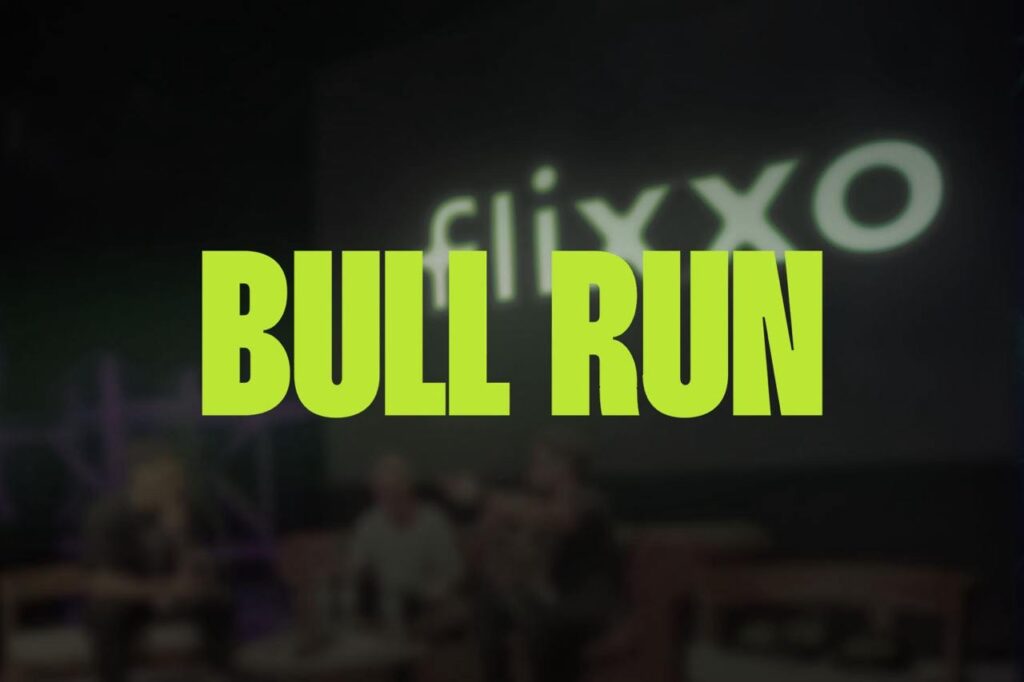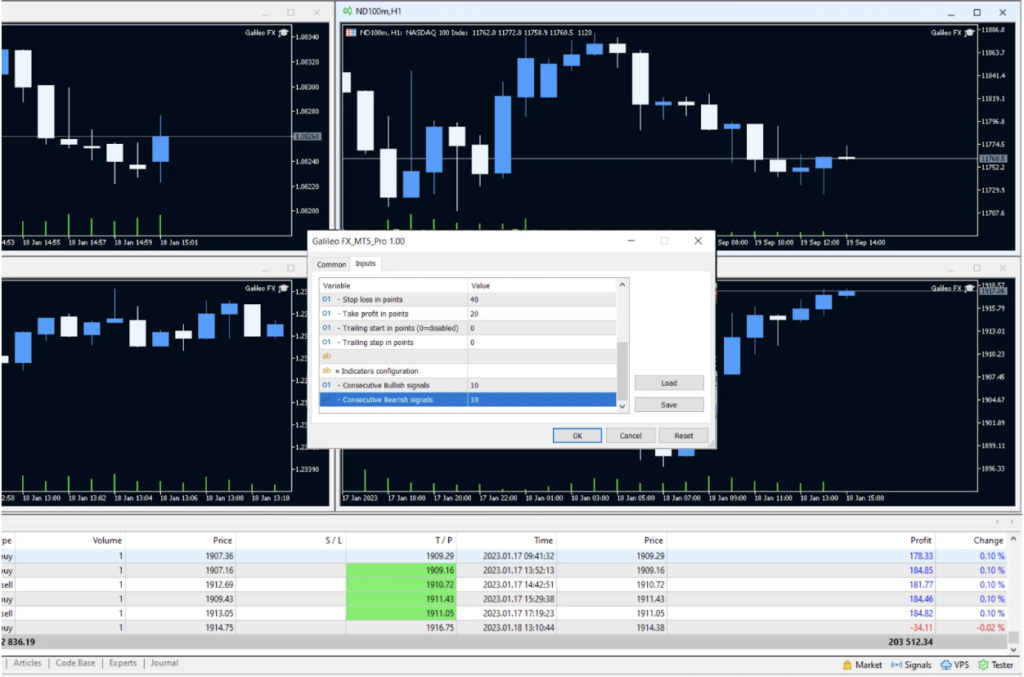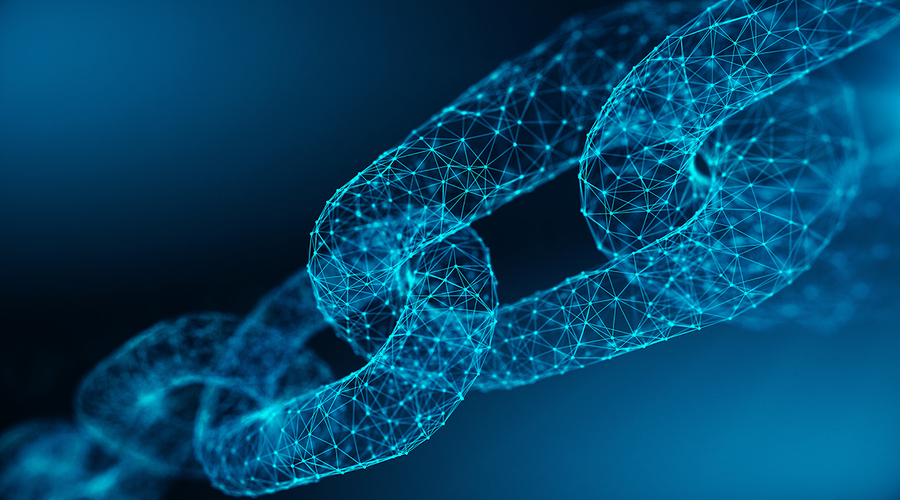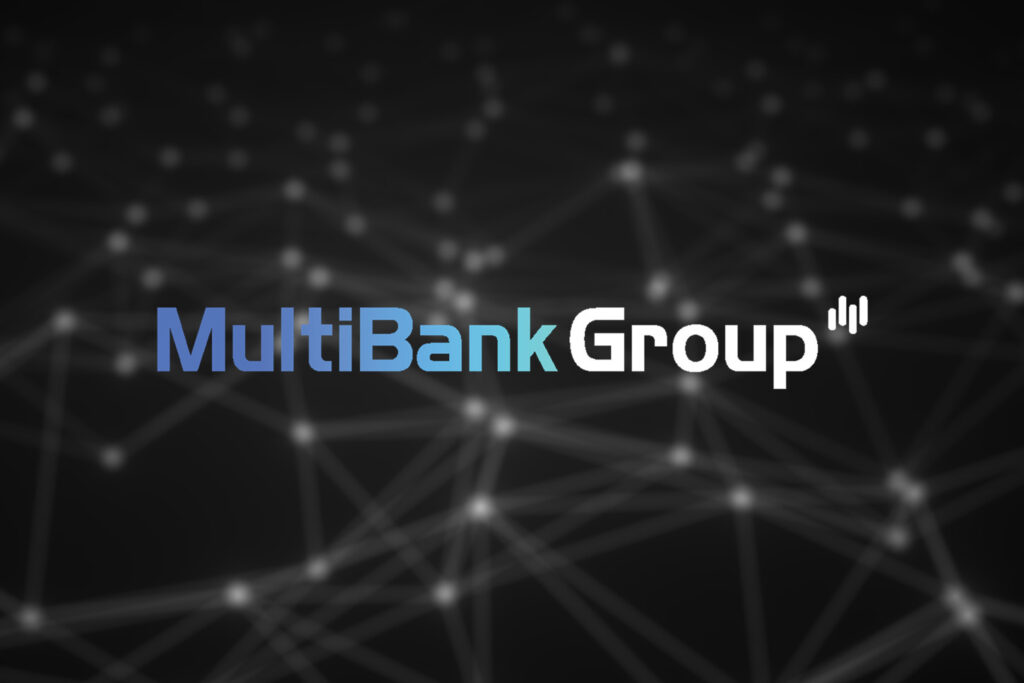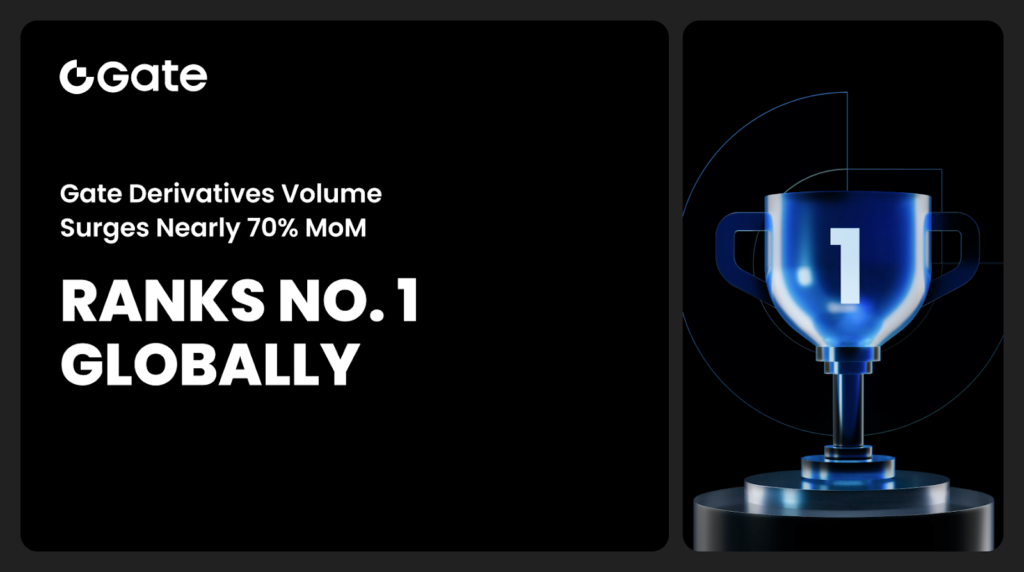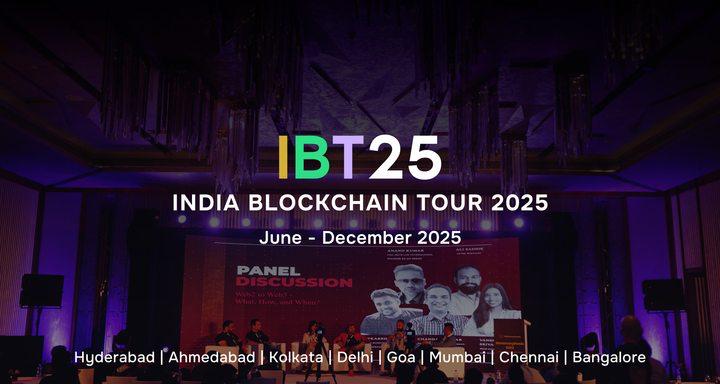The world of decentralized finance (DeFi) has revolutionized traditional financial systems, offering permissionless and trustless alternatives for various financial activities. While the benefits of DeFi are undeniable, the scalability issues on the underlying blockchains have limited its growth. This is where Layer 2 solutions come into play, providing a way to scale DeFi applications while maintaining security and decentralization.
Introduction
In recent years, DeFi has gained significant traction, enabling users to access a wide range of financial services without intermediaries. However, the limitations of Layer 1 blockchains, such as Ethereum, have become apparent, causing high fees and slow transaction speeds. Layer 2 solutions offer an innovative approach to address these challenges and unlock the true potential of DeFi.
Definition of Layer 2 in DeFi

Layer 2 refers to a secondary framework or infrastructure built on top of existing Layer 1 blockchains. It aims to alleviate the scalability issues faced by these blockchains by moving a significant portion of the transaction load off-chain. While still leveraging the security and decentralization of the underlying Layer 1 blockchain.
Benefits of Layer 2 Solutions in DeFi
These benefits include:
- Increased Transaction Throughput: Layer 2 solutions significantly increase transaction throughput. Moreover, allowing more users to participate in DeFi without congesting the main blockchain. This scalability improvement results in lower fees and faster transaction confirmations, making DeFi accessible to a broader user base.
- Lower Transaction Fees: By moving a significant portion of transactions off-chain, Layer 2 solutions reduce the need for on-chain operations. This reduction in on-chain interactions translates to lower gas fees associated with each transaction. As a result, even small-scale transactions become economically viable, encouraging wider adoption and fostering innovation within the DeFi ecosystem.
- Faster Transaction Confirmations: Layer 2 solutions facilitate faster transaction confirmations by leveraging the off-chain infrastructure. With reduced congestion on the main blockchain, transactions can be processed and settled more quickly, providing a seamless user experience and improving the overall efficiency of DeFi applications.
- Improved Scalability: Layer 2 solutions address the scalability limitations of Layer 1 blockchains by offloading a significant portion of the transaction load to secondary frameworks. This enables DeFi applications to handle a much larger volume of transactions, accommodating the growing user demand and preventing network congestion.
- Enhanced User Experience: With improved scalability and lower transaction fees, Layer 2 solutions contribute to an enhanced user experience. Users can enjoy smoother and faster interactions with DeFi applications, making it easier to participate in various financial activities such as lending, borrowing, trading, and staking.
- Composability and Interoperability: Layer 2 solutions strive to maintain interoperability with existing DeFi applications and protocols. This means that DeFi projects can leverage Layer 2 solutions without significant modifications to their existing smart contracts or infrastructure. The compatibility and composability of Layer 2 solutions enable seamless integration, fostering collaboration and innovation within the DeFi ecosystem.
Challenges and Limitations of Layer 2 Solutions in DeFi
These challenges include:
- Security Concerns: Layer 2 solutions introduce additional complexities and potential vulnerabilities. Off-chain transactions must be secured against attacks and ensure the integrity of funds. Robust security mechanisms, rigorous audits, and ongoing research are essential to mitigate security risks and build trust in Layer 2 solutions.
- Interoperability: Achieving seamless interoperability between different Layer 2 solutions and existing DeFi applications can be a challenge. Standardizing protocols and ensuring compatibility across various. Layer 2 implementations is crucial for enabling cross-platform transactions and fostering collaboration within the DeFi ecosystem.
- Complexity of Development: Building Layer 2 solutions requires advanced technical expertise and understanding of both Layer 1 and Layer 2 architectures. Developing secure, efficient, and user-friendly Layer 2 solutions can be complex and time-consuming, limiting the number of projects and protocols available in the market.
- Liquidity Fragmentation: Layer 2 solutions may result in liquidity fragmentation across different layers. Liquidity providers and users need to navigate between different Layer 2 networks, potentially leading to fragmented markets and reduced liquidity for certain assets or protocols. This fragmentation can impact trading volumes, price efficiency, and overall user experience.
- Cost and Accessibility: While Layer 2 solutions aim to reduce transaction fees, there can still be costs associated with onboarding to Layer 2 networks. Users may need to pay fees for depositing assets into Layer 2 solutions or moving funds between layers. Ensuring accessibility and affordability for all users, regardless of their financial resources, is crucial for widespread adoption of Layer 2 solutions.
- Limited Smart Contract Functionality: Some Layer 2 solutions have limitations in executing complex smart contracts compared to Layer 1 blockchains. Certain functionalities, such as accessing external data or interacting with other protocols, may be more challenging to achieve on Layer 2.
Types of Layer 2 Solutions
Various Layer 2 solutions have emerged to tackle scalability issues in DeFi. Let’s explore some of the prominent ones:
State Channels
State channels are off-chain protocols that enable users to conduct a series of transactions without involving the main blockchain for each step. These channels only require minimal on-chain interactions, ensuring high throughput and low fees. State channels are ideal for use cases that involve frequent and fast interactions, such as microtransactions, gaming, or real-time trading.
Sidechains
Sidechains are separate blockchains that operate independently but are connected to the main blockchain. They allow transactions to be processed off-chain while maintaining a strong connection to the Layer 1 blockchain’s security. Sidechains are suitable for applications that require high transaction volumes and fast settlement times.
Plasma
It is a Layer 2 construction that enables the creation of hierarchical tree structures of sidechains, providing even greater scalability. Plasma chains are designed to handle a large number of transactions and can be customized to cater to specific use cases. However, the implementation and security of Plasma chains require careful consideration to prevent potential vulnerabilities.
Rollups
Rollups are Layer 2 solutions that bundle multiple transactions together and submit a summary of those transactions to the main blockchain. There are two main types of Rollups:
Optimistic Rollups
Optimistic Rollups operate under the assumption that most transactions are valid. They batch transactions off-chain and submit a single proof to the main chain, reducing the burden on the Layer 1 blockchain. In case of any disputes, the Rollup can be challenged, and the main chain acts as the final arbiter.
ZK-Rollups
ZK-Rollups, also known as Zero-Knowledge Rollups, leverage cryptographic proofs to provide a high level of security and privacy. They aggregate multiple transactions into a single proof while preserving the integrity and confidentiality of the underlying data. ZK-Rollups offer scalability, privacy, and composability, making them a promising Layer 2 solution for DeFi.
Layer 2 Projects and Protocols in DeFi
The DeFi ecosystem has witnessed the emergence of numerous Layer 2 projects and protocols. Each addressing specific use cases and providing unique features. Some notable projects include:
- Project A: Project A focuses on implementing state channels for gaming applications, enabling seamless and instant in-game transactions.
- Project B: Project B is a sidechain-based solution that aims to provide scalable decentralized exchanges (DEXs) with fast transaction settlements and low fees.
- Project C: Project C is developing a Plasma-based infrastructure to support decentralized lending and borrowing platforms with high throughput and increased composability.
- Project D: Project D is at the forefront of ZK-Rollup technology, aiming to revolutionize decentralized asset exchanges with enhanced security and privacy.
Future Outlook and Adoption of Layer 2 in DeFi
Several factors contribute to the positive future outlook:
- Scalability Solutions: Layer 2 solutions offer a range of scalability solutions, such as state channels, sidechains, Plasma, and Rollups. These solutions provide avenues for processing a larger volume of transactions off-chain while maintaining the security and decentralization of the underlying Layer 1 blockchain. As more projects and protocols implement and refine these solutions, scalability limitations in DeFi will be effectively mitigated.
- Lower Fees and Improved User Experience: Layer 2 solutions significantly reduce transaction fees by moving a significant portion of transactions off-chain. This cost reduction makes even small-scale transactions economically viable and enhances the user experience. With lower fees and faster transaction confirmations, users can participate more seamlessly in DeFi activities, leading to increased adoption and engagement.
- Ecosystem Collaboration: Layer 2 solutions encourage collaboration within the DeFi ecosystem. Developers and projects can leverage existing Layer 2 solutions or build interoperable frameworks to enhance scalability and usability. Collaboration fosters innovation, accelerates the development of new DeFi applications, and expands the range of possibilities for users.
- Security Enhancements: Ongoing research and audits contribute to improving the security of Layer 2 solutions. By addressing potential vulnerabilities and implementing robust security mechanisms, developers ensure that off-chain transactions remain secure and user funds are protected. Enhanced security measures build trust and confidence among users and pave the way for wider adoption.
Conclusion
Layer 2 solutions play a vital role in addressing the scalability challenges faced by DeFi applications. By moving a significant portion of the transaction load off-chain, Layer 2 enhances scalability, reduces fees, and accelerates transaction speeds. State channels, sidechains, Plasma, and Rollups are among the prominent Layer 2 solutions contributing to the growth of DeFi. Despite challenges, the future of Layer 2 in DeFi looks promising, with ongoing advancements pushing the boundaries of scalability and user adoption.
FAQs
Are Layer 2 solutions limited to specific blockchains?
No, Layer 2 solutions can be implemented on various blockchains, although Ethereum has been a primary focus due to its prominence in the DeFi ecosystem.
Do Layer 2 solutions compromise security?
Layer 2 solutions require robust security measures to ensure the safety of off-chain transactions. While vulnerabilities exist, ongoing research and audits mitigate risks and enhance security.
Can Layer 2 solutions be combined for enhanced scalability?
Yes, Layer 2 solutions can be combined to create a more scalable and efficient infrastructure. For example, Rollups can be implemented on top of sidechains or state channels to achieve further scalability improvements.
How do Layer 2 solutions impact user experience?
Layer 2 solutions enhance user experience by reducing fees, enabling faster transaction confirmations, and improving overall scalability. With lower transaction costs and faster settlements, users can engage more actively in DeFi activities without the burden of high fees or network congestion. This improved user experience fosters greater adoption and participation in the DeFi ecosystem.
What is the relationship between Layer 2 and Layer 1 blockchains?
The solutions of Layer 2 is build upon Layer 1 blockchains, leveraging their security and decentralization properties while enhancing scalability and efficiency. Layer 1 blockchains serve as the main chain, providing the final settlement layer. Moreover serving as the ultimate source of truth. Layer 2 solutions handle a significant portion of the transaction load off-chain, allowing for faster and cheaper transactions without compromising security or decentralization.



